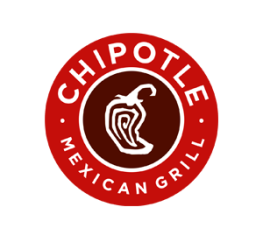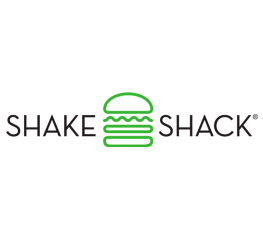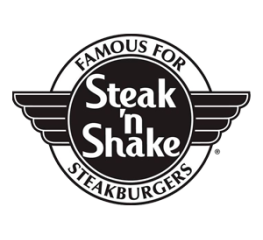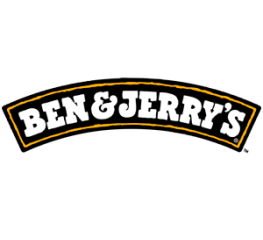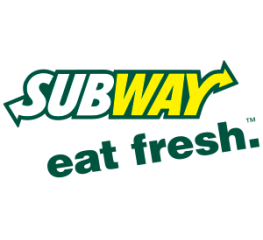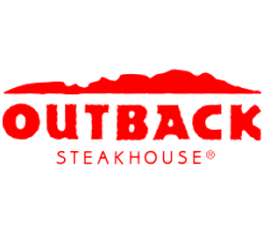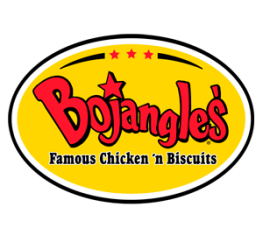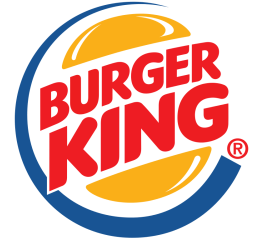Starbucks restaurants history
How the restaurant STARBUCKS was created
The history of the creation of Starbucks is a story of chance coincidences and sometimes inexplicable luck, while the further growth of the company is the merit of a verified marketing strategy and strict calculation of a professional businessman. Today, the capitalization of Starbucks Corporation is estimated at more than $ 83 billion, and its almost 30 thousand branded establishments are open in 75 countries of the world. Realnoe Vremya introduces its readers to the company that instilled in America the culture of coffee consumption.
History teacher Zev Ziegl, writer Gordon Bowker, and English teacher Jerry Baldwin met 10 years before Starbucks started as students at the University of San Francisco. Objectively, they had little in common: they were from different parts of America, each had their own baggage behind them. Ziegl was born into a family of famous American musicians: his father, violinist Henry Ziegl, was invited as accompanist to the Seattle Symphony Orchestra after working in the New York ballet of George Balanchine, his mother, Eleanor Ziegl, made a name for herself as a music teacher, so young Zev received an excellent classical education and was fascinated from an early age reading and humanities.
Gordon Bowker's teenage years were less cloudless: his father Gordon Albert Bowker died during World War II, his mother Hazel Ringset Bowker, left alone with her child, was forced to return to her parental home in Seattle. Jerry Baldwin was born in the family of milkman Rowland Baldwin and civil servant Patricia Broder.
They divorced when Jerry was still a child, followed by a series of moves and school changes. Much later, in an interview with the American writer Sheila Farr Baldwin, he recalled school years as a time of self-doubt and the future, internal throwing.
During their student years, the friends were united by common creative plans and ambitions. After graduating from university, they continued to meet from time to time and kept in touch in every possible way, even living in different cities.
In 1970, there was no fashion for coffee in the United States, nor the culture of drinking this drink. The idea to open a wholesale store of quality coffee came to Gordon Bowker's mind and seemed fresh and interesting to the whole company. Shortly thereafter, the proud proponent set out on a quest for a good product and rather quickly discovered it on the Canadian island of Vancouver from Murchie's. At the same time, Zev Siegl meets the founder of the retail chain of craft coffee Peet's, a real coffee dock - Alfred Peet, who agrees to play the role of a mentor for young people. On several occasions, the three of them visited Pete's shop in San Francisco, learning the art of roasting beans and doing business.
According to the official legend, the name of the Starbucks company is nothing more than a tracing of the name of the character in the novel "Moby Dick" by Herman Melville, the first mate of Captain Ahava - Starbeck. At the time, Bowker and designer Terry Heckler were working in parallel to create their own ad agency. After doing their research, they suggested that names beginning with the letter "ST" were better remembered than others.
It didn't take long to convince other team members. Heckler, who later drew logos for several successful American brands, is credited with creating the famous Starbucks logo, a seductive moray eel that was supposed to "lure" customers. And so it happened - in the entire history of the company, the logo has been transformed three times, but its plot has always remained unchanged, only the drawing of the two-tailed mermaid has varied.
A few months later, having chipped off $ 1.5 thousand and taking a five thousandth loan from a bank, Siegl, Bowker and Baldwin rented premises for a future store on Western Avenue, near the Pike Place market in Seattle. On March 30, 1971, the doors of the first Starbucks opened to customers. In the store, you could buy roasted coffee beans, tea, spices, beans and utensils in bulk. The coffee was brewed for tasting only.
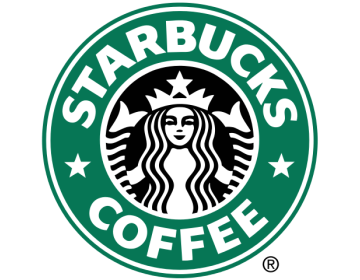
States of Starbucks restaurants
- Starbucks in Aberdeenshire
- Starbucks in Ayrshire
- Starbucks in Bedfordshire
- Starbucks in Buckinghamshire
- Starbucks in Cambridgeshire
- Starbucks in Cheshire
- Starbucks in Cornwall and Isles of Scilly
- Starbucks in Cumbria
- Starbucks in Derbyshire
- Starbucks in Devon
- Starbucks in Dorset
- Starbucks in East Sussex
- Starbucks in Essex
- Starbucks in Fife
- Starbucks in Gloucestershire
- Starbucks in Greater London
- Starbucks in Greater Manchester
- Starbucks in Hampshire
- Starbucks in Hertfordshire
- Starbucks in Kent
- Starbucks in Lanarkshire
- Starbucks in Lancashire
- Starbucks in Leicestershire
- Starbucks in Lincolnshire
- Starbucks in Merseyside
- Starbucks in Monmouthshire
- Starbucks in Norfolk
- Starbucks in North Yorkshire
- Starbucks in Northamptonshire
- Starbucks in Nottinghamshire
- Starbucks in Oxfordshire
- Starbucks in Perthshire
- Starbucks in Renfrewshire
- Starbucks in Shropshire
- Starbucks in Somerset
- Starbucks in South Yorkshire
- Starbucks in Staffordshire
- Starbucks in Suffolk
- Starbucks in Surrey
- Starbucks in Tyne and Wear
- Starbucks in Warwickshire
- Starbucks in West Midlands
- Starbucks in West Sussex
- Starbucks in West Yorkshire
- Starbucks in Wiltshire
- Starbucks in Worcestershire






